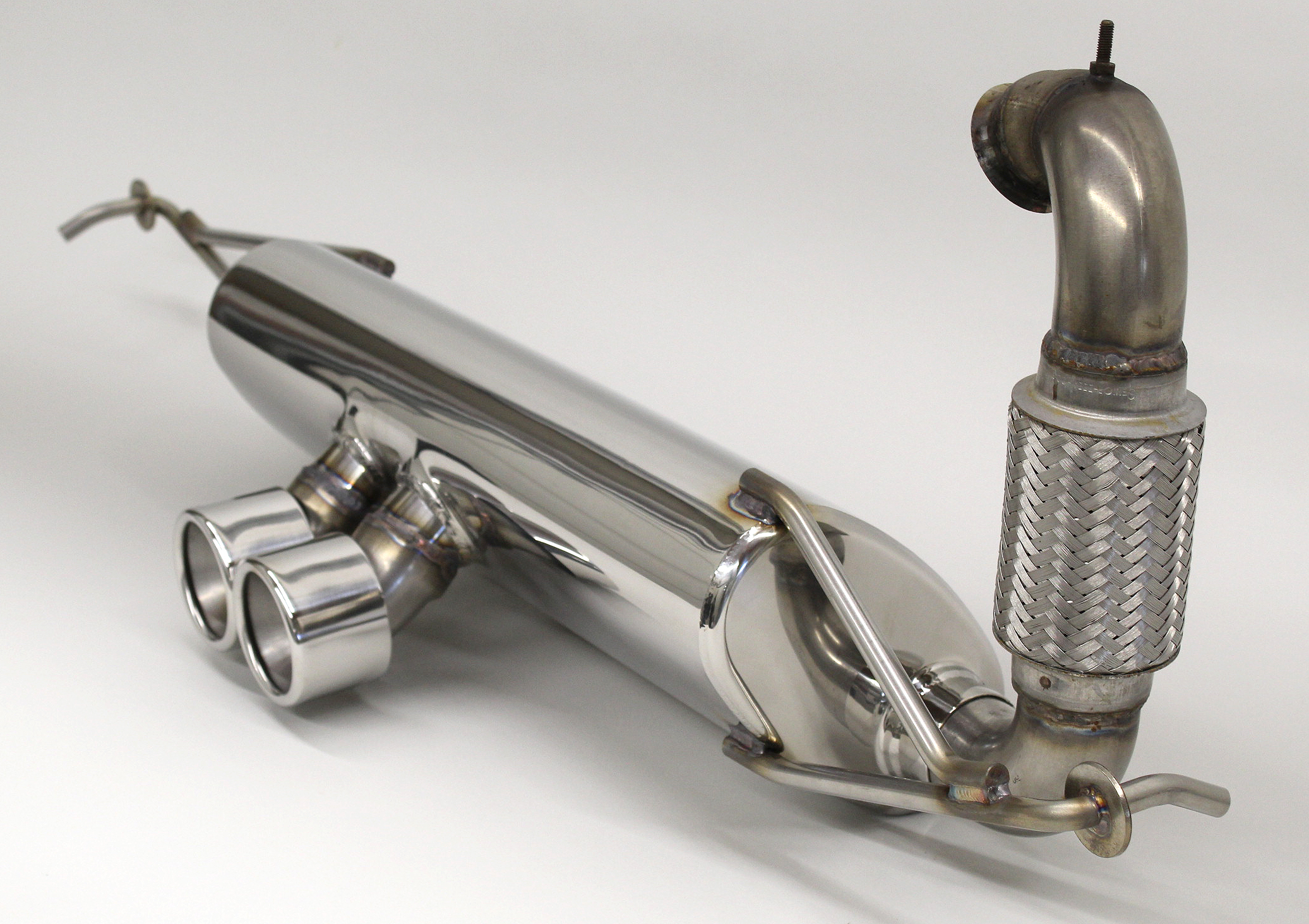The exhaust system of a car is akin to the respiratory system of our bodies, a vital network that facilitates the expulsion of waste while ensuring smooth performance. Within this intricate matrix, the choice between an X-pipe and an H-pipe becomes a pivotal decision for automotive enthusiasts seeking both style and functionality. Let’s embark on a journey through the exhaust cosmos, dissecting the merits of each design, so you can make an informed choice for your vehicle.
The Basics of Exhaust Systems
Before diving into the intricacies of the X-pipe and H-pipe, understanding the role of exhaust systems is crucial. These systems manage the release of exhaust gases from the engine, minimizing back pressure and enhancing performance. Think of the exhaust system as a tailored suit; it must fit perfectly to ensure your vehicle looks and operates at its finest.
X-Pipe: The Architect of Harmony
The X-pipe is designed like an artist’s palette, blending the sounds and characteristics of your exhaust into a rich, harmonious symphony. Its crisscross shape facilitates the mixing of exhaust gases from both sides of the engine, which aids in equalizing pressure and reducing unwanted back pressure. This is especially beneficial for high-performance engines, where optimizing airflow can yield significant power gains.
Moreover, the X-pipe evokes a deeper, more refined exhaust note. Imagine listening to a finely tuned orchestra as opposed to a cacophony of random instruments; that’s the sonic difference an X-pipe can bring. The sound is aggressive yet sophisticated, appealing to those who wish to announce their presence without being overly ostentatious.
This design also has a pivotal role in enhancing the vehicle’s performance. By improving scavenging—where exhaust gases exit the cylinders efficiently—an X-pipe allows for higher RPMs and greater horsepower. In a world where speed is a currency, the X-pipe emerges as a worthy investment.
H-Pipe: The Solid Engineer
On the opposite end of the spectrum lies the H-pipe, heralded for its simplicity and efficiency. Visualize a well-built bridge, providing a sturdy pathway for exhaust gases to traverse; this is the essence of an H-pipe. Featuring a straightforward design that connects the two sides of the exhaust system, it facilitates a unified flow that emphasizes balanced performance.
The H-pipe offers a different auditory experience. Its sound profile is often described as mellow and smooth, resonating more like a gentle river rather than an exhilarating rock concert. For those who prefer a subdued and throaty rumble over a sharp scream, the H-pipe becomes a preferred choice, exuding a sense of understated power.
Moreover, H-pipes tend to be a bit more affordable and easier to install, making them accessible for budget-conscious car enthusiasts. They can effectively enhance low-end torque, making them suitable for daily driving scenarios where acceleration from a stop is essential. In this regard, the H-pipe serves as a steadfast companion for those who navigate the bustling streets of urban life.
Comparative Analysis: Performance and Sound
In the world of automotive performance, sound and horsepower are often the two primary distinguishing factors. With an X-pipe, you may find marginal improvements in horsepower, especially if you’re operating a vehicle built for speed. The smooth, rev-happy sound can be intoxicating for the performance-minded driver. Whereas the H-pipe, while perhaps yielding slightly less horsepower, offers an unparalleled level of drivability and comfort that can be equally appealing.
When it comes to turbocharged or supercharged engines, the X-pipe generally offers the edge due to its superior scavenging properties, thus maximizing performance potential. Conversely, for naturally aspirated engines or vehicles that prioritize daily usability, the H-pipe presents a balanced alternative that doesn’t compromise too much on performance.
Installation Considerations
Installation plays a significant role in your choice of exhaust configuration. X-pipes often require more complex fabrication and a greater level of precision, which can lead to higher labor costs. In contrast, the straightforward setup of H-pipes makes them a popular choice for DIY enthusiasts who appreciate a more manageable project.
Furthermore, compatibility with existing exhaust systems may influence your decision. Certain vehicles, particularly muscle cars, may have established preferences for one pipe configuration over the other, so consulting technical guides and community feedback can pave the way for an informed choice.
The Aesthetic Appeal
Besides performance and sound, aesthetics cannot be disregarded when selecting an exhaust system. An X-pipe often allows for more creative design approaches, which can enhance the visual appeal of your vehicle. The angular features may lend your car an aggressive stance while augmenting its overall persona. Conversely, the classic look of an H-pipe blends seamlessly with many vehicle designs, offering a timeless aesthetic that resonates with traditionalists.
The Final Verdict: Personal Preference
Ultimately, the choice between an X-pipe and an H-pipe depends on your individual driving style, performance priorities, and aesthetic preferences. Both options offer distinct advantages that can elevate your automotive experience. Whether you choose the thrilling crescendo of an X-pipe or the sonorous tones of an H-pipe, the important thing is to ensure that your automotive expression aligns with your personal ethos.
In the grand architecture of an exhaust system, both designs have their rightful place, echoing the passions and preferences of discerning drivers. In conclusion, whether your heart beats faster for the harmonious symphony of an X-pipe or the solid resonance of an H-pipe, remember that the road ahead is yours to navigate.
